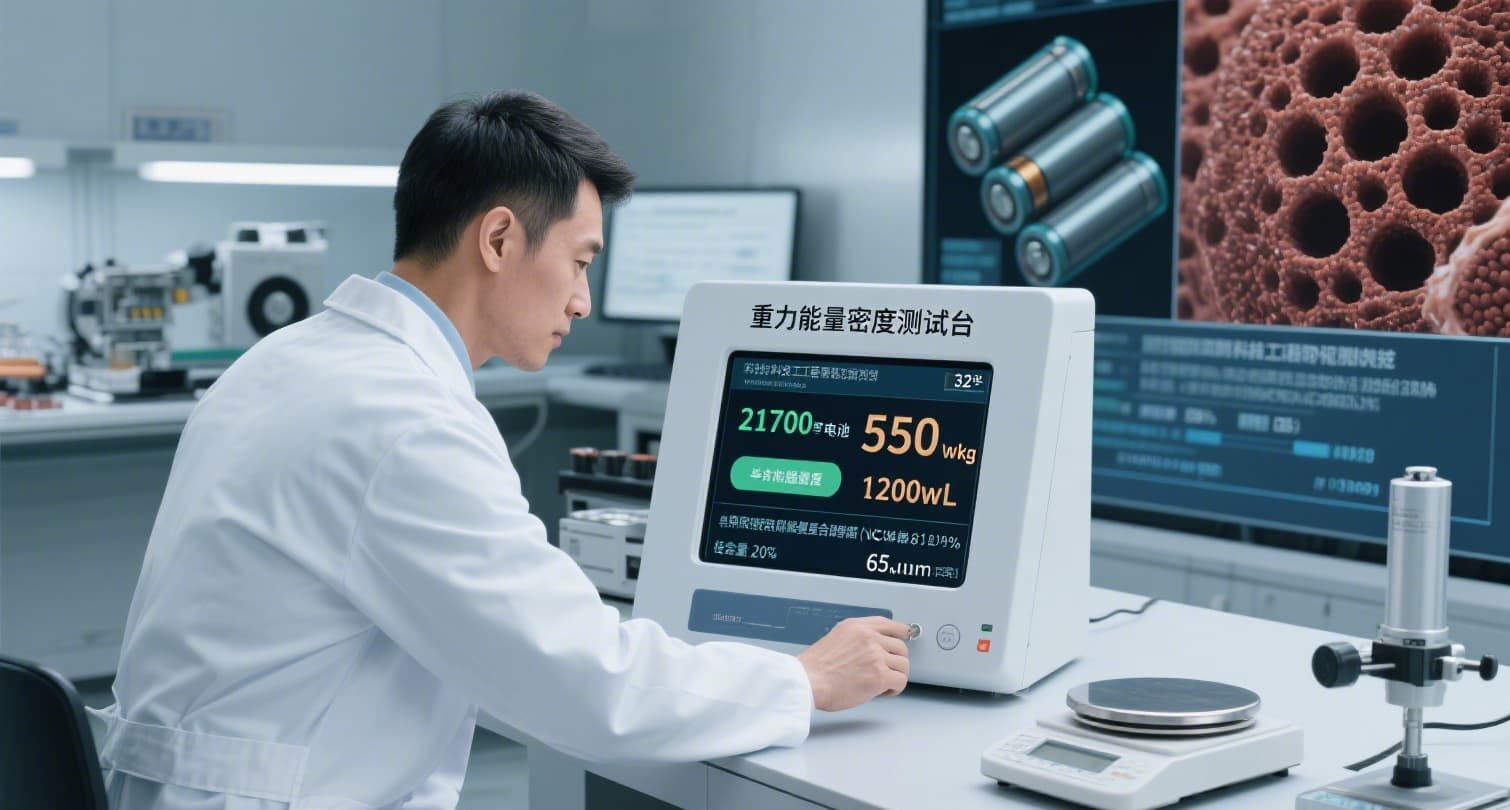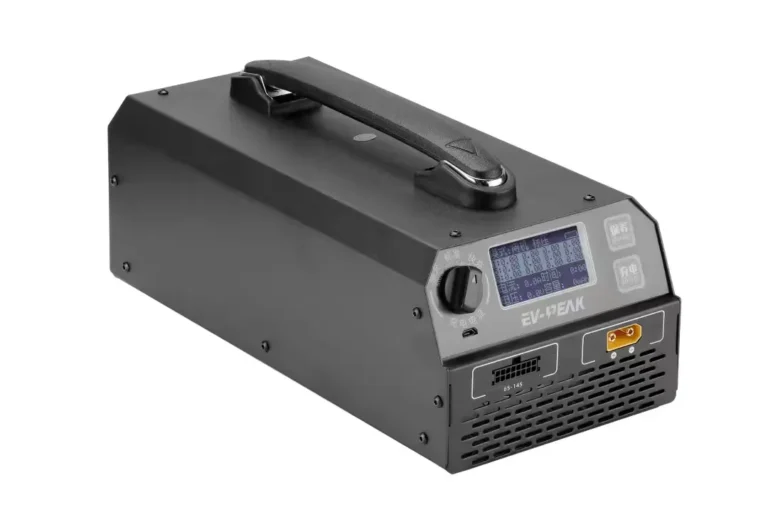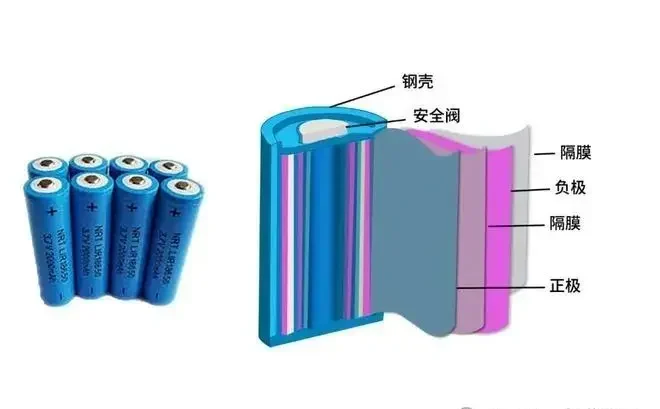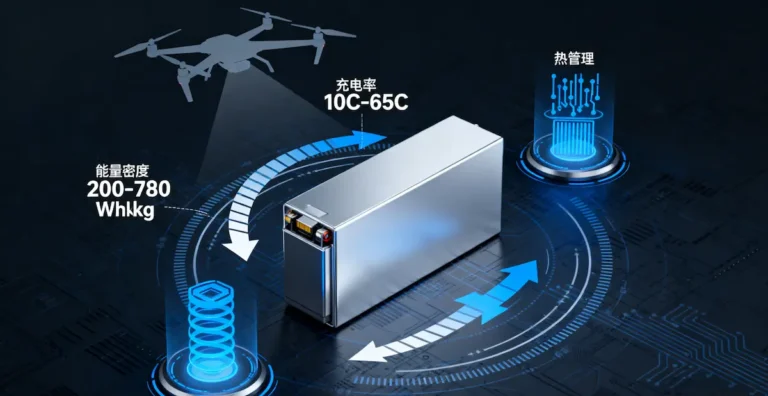2025 lithium battery core technical parameters
Mastering the correlation between physical and chemical parameters of battery materials and process standards is the key to optimize the performance of lithium batteries.
As lithium battery technical engineers, we know that the performance of the battery is directly determined by the material properties and manufacturing process. This article will analyze the core parameters affecting the quality of lithium batteries from a professional point of view, to provide technical reference for industry colleagues.
I. Influence of key material parameters on battery performance
Characterization of cathode material
Resistivity directly affects the internal resistance, multiplier performance and temperature rise characteristics of the cell. Excessive resistance leads to reduced multiplier performance and thermal management challenges.
Lithium content (standard value: 7.38 wt%) is a key determinant of gram capacity. High levels lead to increased impurities and higher pH, which affects pulping viscosity; low levels lead directly to reduced capacity.
Iron content (standard value: 0.0024 wt%) must be strictly controlled, exceeding the standard will lead to the introduction of impurities, reduce the gram capacity of the material and affect the cycle life.
Particle size distribution (D50: 4.16 μm) directly affects the electron and ion diffusion capacity. Too large a particle size reduces the multiplication performance, while too small a particle size is prone to cause agglomeration of the pulp and powder fall from the pole piece.
Specific surface area (standard value: 1.234 m²/g) needs to be controlled accurately, too high will lead to agglomeration of the pulp and powdering of the pole piece, too low will reduce the ion diffusion ability.
Vibration density (standard value: 1.71 g/cm³) is related to the compaction density and capacity realization, which directly affects the energy density of the cell.
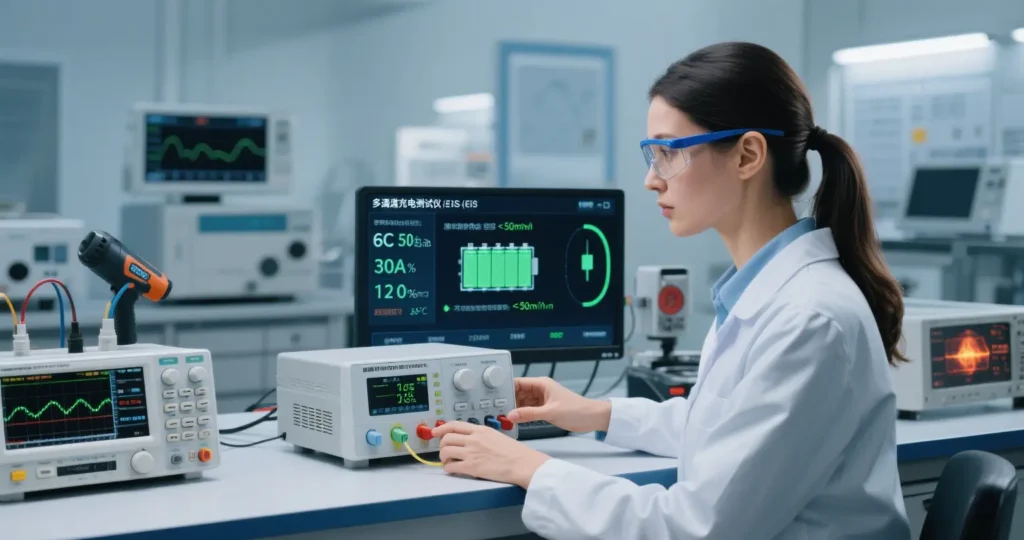
Key technical indexes of anode materials
Particle size control (D50: 13.785 μm) is crucial: too large a particle size reduces ion diffusion ability and affects multiplication performance; too small a size results in lower first-time efficiency and capacity loss.
Specific surface area (standard value: 1.47 m²/g) needs to be balanced: too high reduces first time efficiency and capacity, too low affects ion diffusion.
Moisture content (standard value: 0.01 wt%) must be strictly controlled; exceeding the standard leads to oxidative deterioration of the material, which affects material purity and shelf life.
Iron content control prevents micro-short circuit and self-discharge from increasing, ensuring the safety and stability of the electric core.
Vibration density (standard value: 1.11 g/cm³) affects the compaction density and capacity, and ultimately determines the energy density performance of the battery cell.
First time efficiency (standard value: 94%) is the key performance index of negative electrode material, which directly affects the capacity and energy density of the battery cell.
Electrolyte Core Parameters
Water content (standard value: 6 ppm) must be extremely low, otherwise it will lead to the decomposition of lithium salt, which will seriously affect the cycle life and safety.
Free acid (standard value: ≤50 ppm) is controlled to prevent lithium decomposition, ensuring battery safety and long-term cycle performance.
Lithium content needs to be balanced accurately: too high leads to increased viscosity and decreased wettability, while too low leads to rapid capacity degradation.
Iron content (standard value: ≤2 ppm) is strictly controlled to prevent micro-short circuit and self-discharge increase.
Density (standard value: 1.206 g/cm³) affects the viscosity and wettability of the electrolyte, which in turn affects the battery performance.
Conductivity (standard value: 9.38 mS/cm) directly determines the ion diffusion ability and affects the battery impedance and multiplication performance.
Key diaphragm characteristics
Inadequate tensile strength (≥1200 kgf/cm² longitudinally and ≥110 kgf/cm² transversely) can lead to wrinkles and tears during the winding process, affecting manufacturing yields.
Puncture strength (≥300g) is a key indicator of safety, insufficient will easily lead to diaphragm puncture to form micro-short circuit.
Thermal shrinkage (longitudinal ≤ 2.5%, transverse ≤ 0.5%) control to prevent heat shrinkage caused by positive and negative short-circuit, to ensure the safety performance of the electric core.
Air permeability (standard value: 350 scc/100ml) needs to be balanced: too high leads to increased electron diffusion capacity and increased self-discharge; too low reduces ion diffusion capacity and increases impedance.
Porosity (standard value: 40%) affects the electron and ion diffusion capacity of the diaphragm and needs to be precisely optimized.
Surface density (standard value: 9-12 g/m³) control ensures moderate porosity and balances the relationship between impedance and self-discharge.
II.Lithium battery manufacturing process key control points
Mixing process standard
The baking temperature of incoming materials is controlled between 80-120℃ to ensure that the materials are dry.
Positive mixing standard: particle size ≤15μm, sieve mesh ≤100 mesh
Negative mixing standard: particle size ≤25μm, sieve mesh ≤100 mesh, viscosity 2000-4000mPa-s
Common anomalies include settling, big change of viscosity, low solid content, difficult to pass through sieve and no fluidity to jelly.
Workshop environment requirements: temperature ≤ 30 ℃, humidity ≤ 25% RH, to ensure process stability.
Coating process control
Positive Coating: 20-40 mg/cm² density on one side, moisture ≤ 2000 ppm
Negative Coating: 10-15 mg/cm² density on one side, moisture ≤ 2000 ppm
Common problems include large coating particles (agglomeration), coating cracks (NMP evaporates too slowly), coating bubbles (paste with air bubbles) and coating drag (viscosity abnormality).
Workshop environment control: temperature ≤30℃, humidity ≤25% RH.
Process standard of film making
Compaction density control:
- Positive electrode (LFP): 3.3 g/cm³
- Negative electrode (graphite): 1.7 g/cm³
Common problems include broken flake, brittle flake (too high compaction), white spot (NMP volatilization too fast), skinning, material loss and powder removal (water absorption of the pole flake).
Sheet slitting standard: longitudinal burr ≤ 1/2 diaphragm thickness
Lug welding strength: ≈ 2-3 kg to ensure connection reliability.
Lithium battery winding process requirements
Tension control range: positive electrode 0.08-0.15 MPa, negative electrode 0.08-0.15 MPa, diaphragm 0.08-0.15 MPa.
Common Problems: Too loose winding leads to difficult shell entry and easy lithium precipitation.
Workshop environment requirements: temperature ≤ 30 ℃, humidity ≤ -30 ℃ dew point, moisture content ≤ 500 ppm.
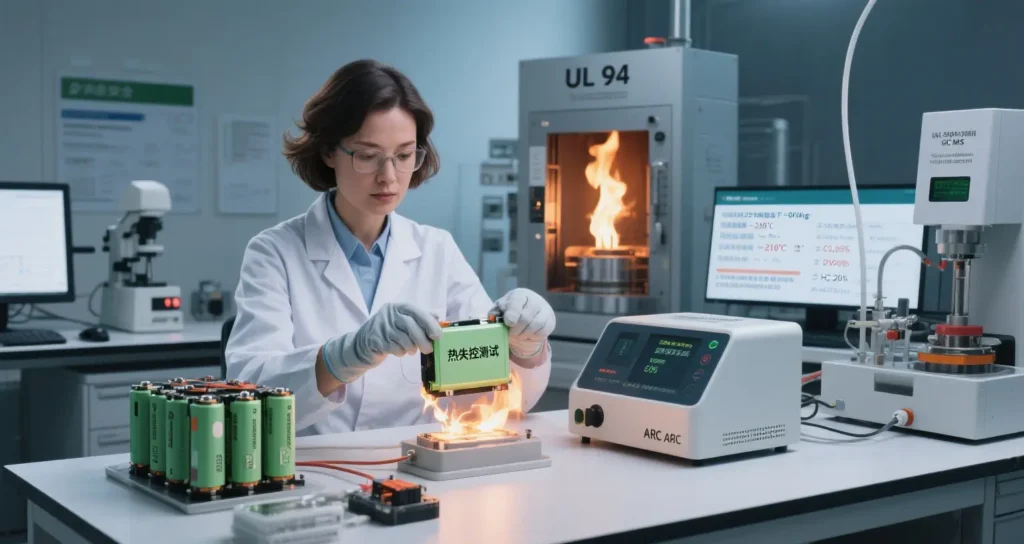
Lithium battery liquid injection and sealing process
Shell-in rate: 98.5%-99%, to ensure assembly precision
Hi-POT test: DC 200-500 V, to verify the insulation performance
Liquid injection: vacuum liquid injection, to ensure that the electrolyte is fully infiltrated
Sealing process parameters:
- Pre-seal pressure: 1 MPa
- Second seal pressure: 2 MPa
- Pull-off pressure: 1.2-1.5 MPa
- Opening pressure: 1.6-2 MPa
Workshop environment requirements: temperature ≤ 30 ℃, humidity ≤ -40 ℃ dew point.
Chemical Formation Process
Formation process: Adopting small current to activate the battery, precisely controlling the charging current, charging time, charging SOC and formation temperature.
Compartmentalization process: Screening the battery capacity by charging and discharging cycles to ensure the consistency of the battery.
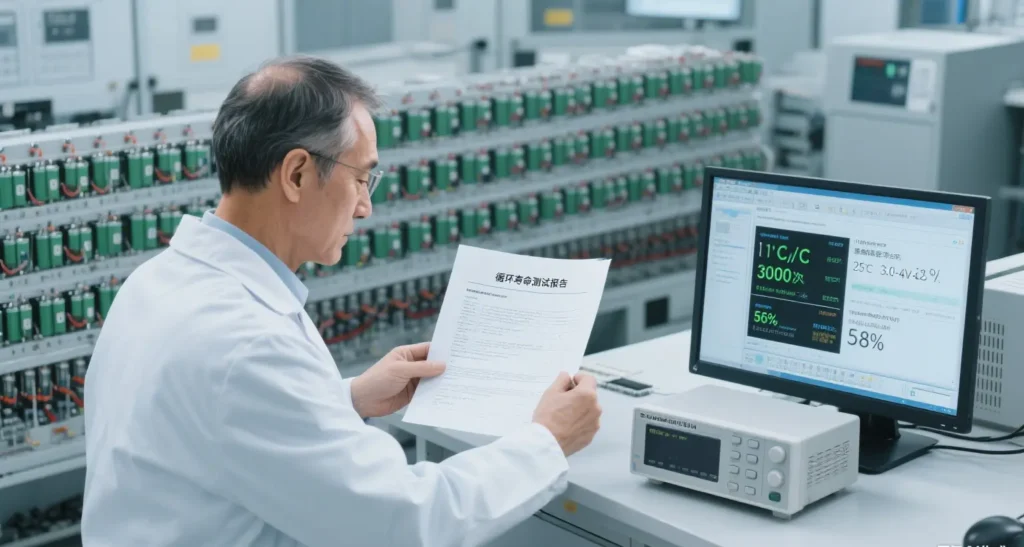
III. Summary of engineering and technical points
Lithium battery manufacturing is a precise multi-parameter coordinated process, where the physical and chemical parameters of each material and the process parameters of each procedure need to be precisely controlled. Material purity, particle size distribution, surface properties directly affect the electrochemical performance of the electrode; environmental control, process parameters, equipment precision determines the consistency and yield of manufacturing.
In actual production, it is necessary to establish a perfect quality control system and process monitoring mechanism to ensure that each parameter is within the optimal range. At the same time, it is necessary to understand the mutual influence of each parameter and optimize the battery performance from a system perspective.
As lithium battery engineers, we should not only pay attention to the standard of individual parameters, but also understand the physical and chemical principles behind the parameters and the impact of the final battery performance mechanism, so that we can really do a good job in lithium battery R & D and manufacturing work.

